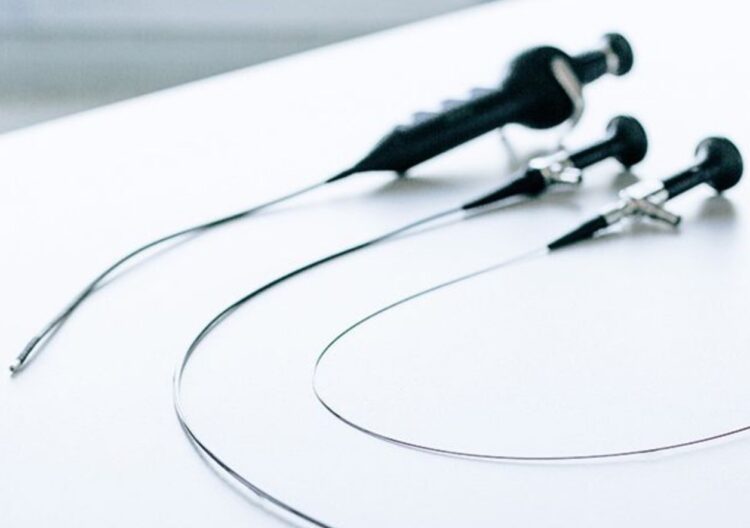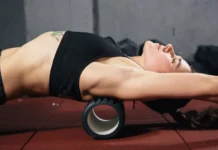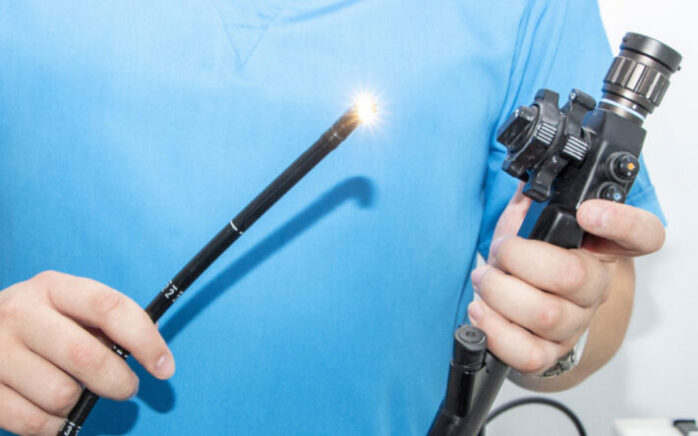
There are many tools that are used in different industries and fields. Some of them can be really similar, and at the same time, they are very different. Borescopes and endoscopes are some of the instruments that are used for the same purpose but in very different fields.
If you have ever wondered how they differ from one another, you’ve come to the right place. In this guide, we are going to tell you more about these devices, what makes them so popular in so many fields, and how they are used by professionals. Continue reading if you want to find out more about the main differences between these two devices.
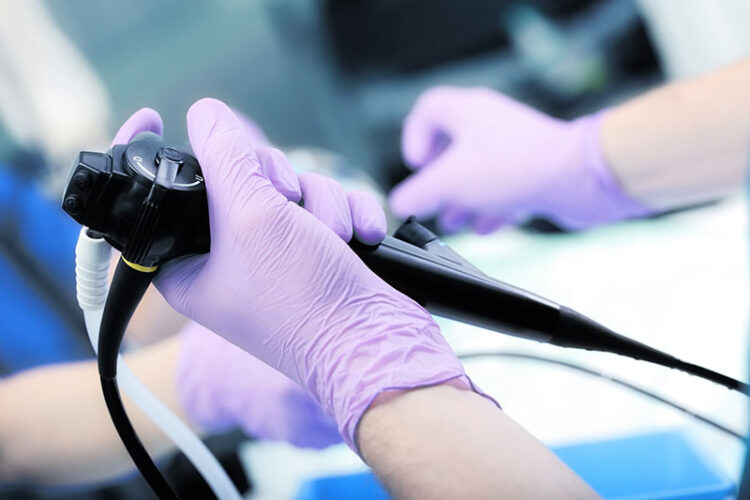
1. What are they?
Before we give you a list of differences, let’s talk about the main one, what these devices are, and how they are different from one another.
By definition, all endoscopes are borescopes, but not all borescopes are endoscopes. They both are a device that uses a camera to see in small and tight spaces. The cameras are attached to a long and flexible cable that can be maneuvered inside a small cavity.
The main thing that makes them separate from one another is that the endoscope is more refined, thinner, and a more precise version of the borescope.
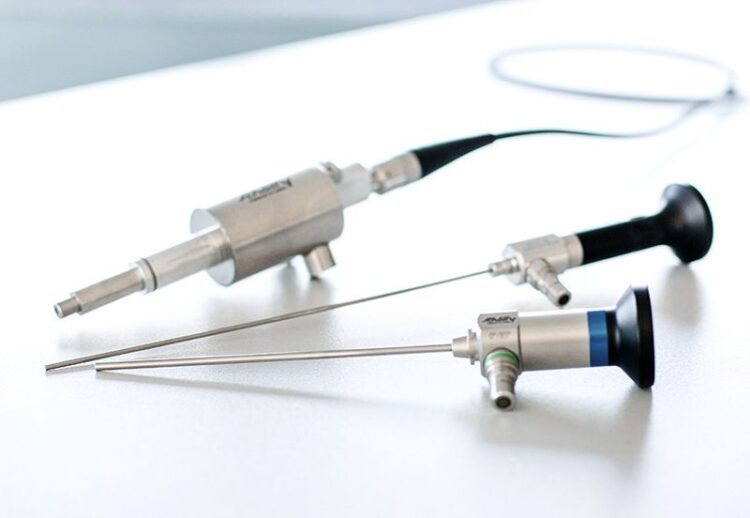
2. Usages
Now let’s talk about the main usages and where these devices are used. You’ve probably heard about endoscopes before, and they are only used for medical purposes.
Doctors use them for different types of examinations, and they can also be used during surgery. When you need to get checked, and when the GP needs to do a detailed examination of your body and your current health condition, chances are, they are going to use this device.
While endoscopes are used on living beings, the borescopes are used only on machines and different types of devices. Most commonly, they are used by mechanics, and they will help your mechanic find out more about the condition of your vehicle, and if there is something wrong with it.
Note that you can use the latter on your own, but you should never try to use the former on your body or anyone else you know. Even though the devices are extremely precise and easy to use, they should not be used by someone who is not a medical professional.

3. Lights
When it comes to the lighting, this is probably the biggest difference between the two instruments. The one that is used to look inside the body has a much more dimmed camera since the surgeons don’t need bright light to look inside the body.
Note that the body is filled with different fluids, including the blood, and a bright light will not be of much help when it causes reflections and when it prevents the surgeon from seeing inside the cavities. There is still light attached, but they are mild.
On the other hand, the lights that are used by the mechanics are much brighter and more powerful. This is because even if the instrument is used inside the engine, the petrol and all the fluids inside the vehicle are usually drained beforehand. The mechanics need bright light to be able to inspect each element thoroughly, and they need as powerful and as bright light as possible.
On websites like yateks.com, you can see all the different types of lights that are attached to the instruments, and they can vary from LED to dual-lens and even infrared lights.
4. Flexibility
Now let’s talk about the flexibility of these devices. As we mentioned before, the cameras on both instruments are attached to a long cable, and both of the cables are flexible.
However, when it comes to maneuverability, and specific functions, these devices are different. The endoscope needs to be much more flexible, and on the same note, the surgeon must have full control over where they are moving the device inside a person’s body.
Both of the devices need to be able to go around obstacles without getting stuck or without doing any damage. The units that are used by mechanics are usually less flexible, and they don’t have that much maneuverability.
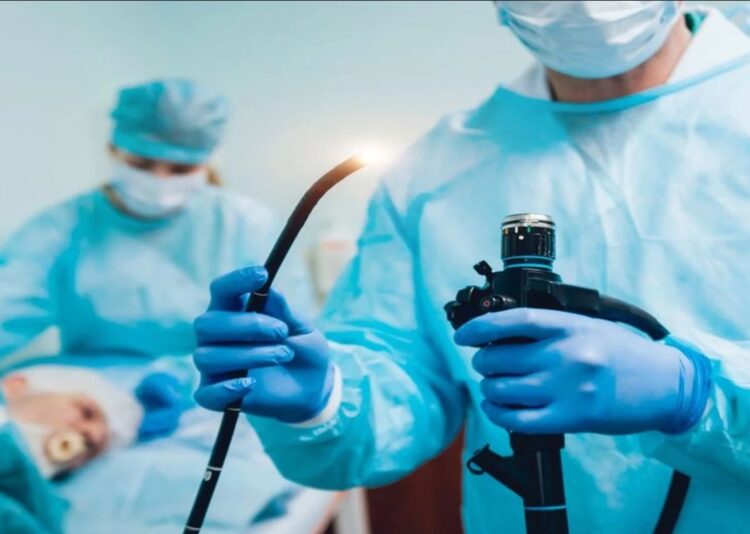
5. View
You probably know that every camera has a different field of view, and depending on the angle, the position, and the field that comes in the camera, we can see a bigger or a smaller surface. Well, when it comes to these devices, their field of view is different as well.
Surgeons don’t usually need to see the bigger picture, and they need to focus just on one small area. They don’t need to look at all the things that are surrounding the problematic part of the body, and they need to be extremely precise. Because of this, the instruments used in the medical field usually have a limited view, and a smaller field. Usually, the field of view is just around ninety degrees.
On the other hand, the mechanics need to see the bigger picture, and they need to be able to look all around the vehicle. So, the cameras that are used in these instruments have a much larger field of view. It can vary between 90 and 170 degrees, and it all depends on the specific instrument you are using.
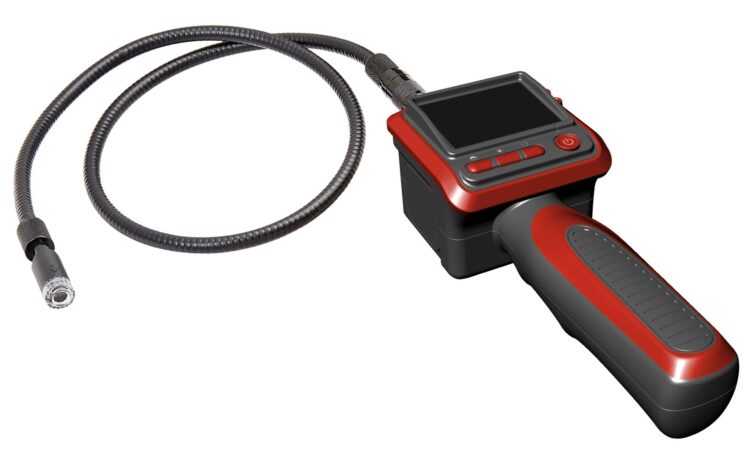
6. Other differences
These are some of the main ways of how these devices differ from one another. Some of the other things that make them unique include applications, as endoscopes are only used on living things, including people and animals, whereas, borescopes are only used on machines and other devices.
The price is also really different, and the medical instruments can never be cheap or accessible to the general public. It is said that they can cost more than 5000 dollars, whereas you can easily purchase a borescope for less than 50 dollars.
Depending on the features they have, the flexibility, and the type of camera they use, they can cost more or less. However, if you want to purchase a device for yourself, you should know that price and quality usually go hand in hand.
If you want to learn more about these instruments and their specific applications, you can always talk to a professional and ask them to give you more and specific information.

